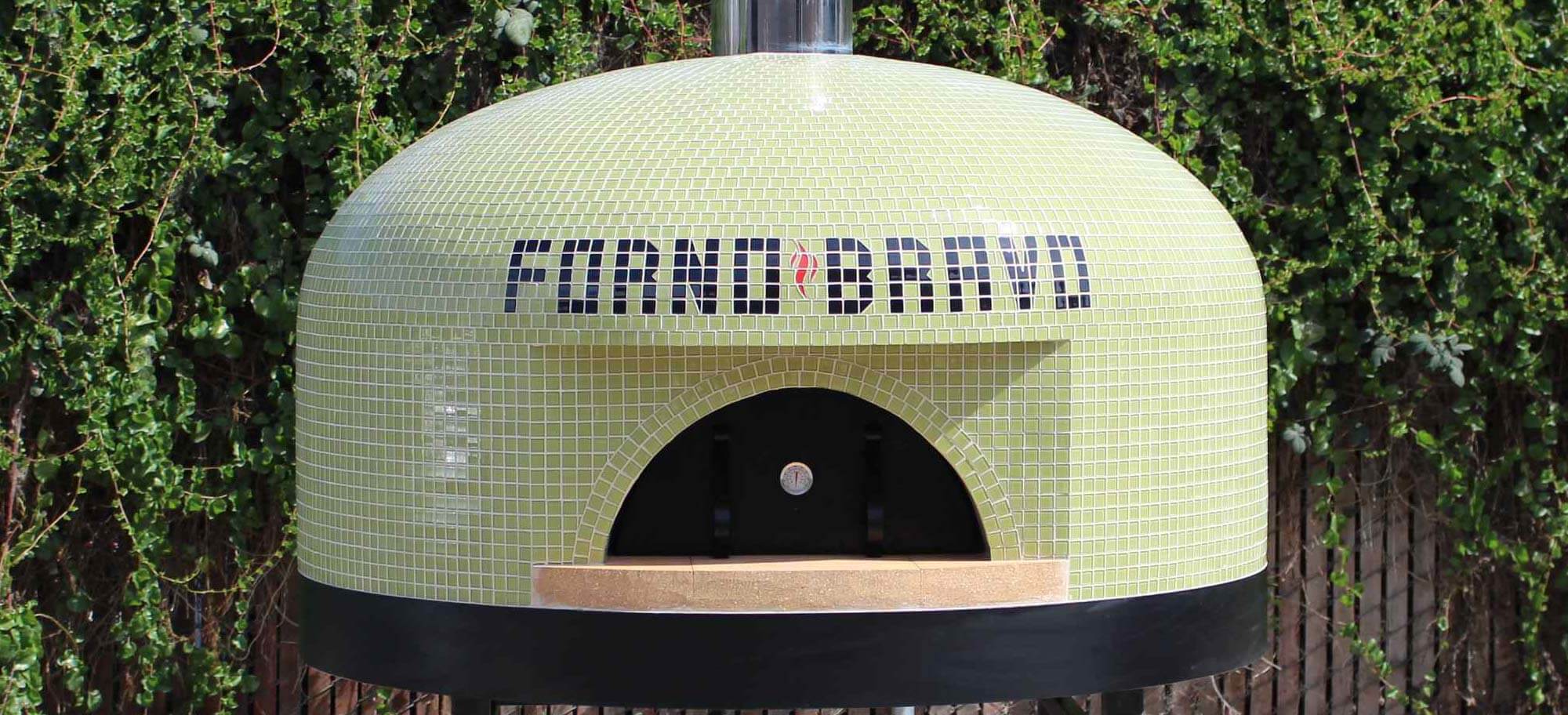Re: Perfect Pizza Dough by Weight
you started stretching too early after dividing, next time give another 5-10min of rest time before you start working on it
as you work gluten it becomes stronger, if you let it rest it will relax and let you do more without resisting as much, also make sure you go directly to stretching when you pickup your balls (god that sounds so wrong), don't do kneading just before
you started stretching too early after dividing, next time give another 5-10min of rest time before you start working on it
as you work gluten it becomes stronger, if you let it rest it will relax and let you do more without resisting as much, also make sure you go directly to stretching when you pickup your balls (god that sounds so wrong), don't do kneading just before






 . Also notice, no olive oil in recipe. Another thing i learned from reading Reinhart recipes is to not use the dough hook on the KA mixer, use the paddle and dissolve the yeast.
. Also notice, no olive oil in recipe. Another thing i learned from reading Reinhart recipes is to not use the dough hook on the KA mixer, use the paddle and dissolve the yeast. 
Comment